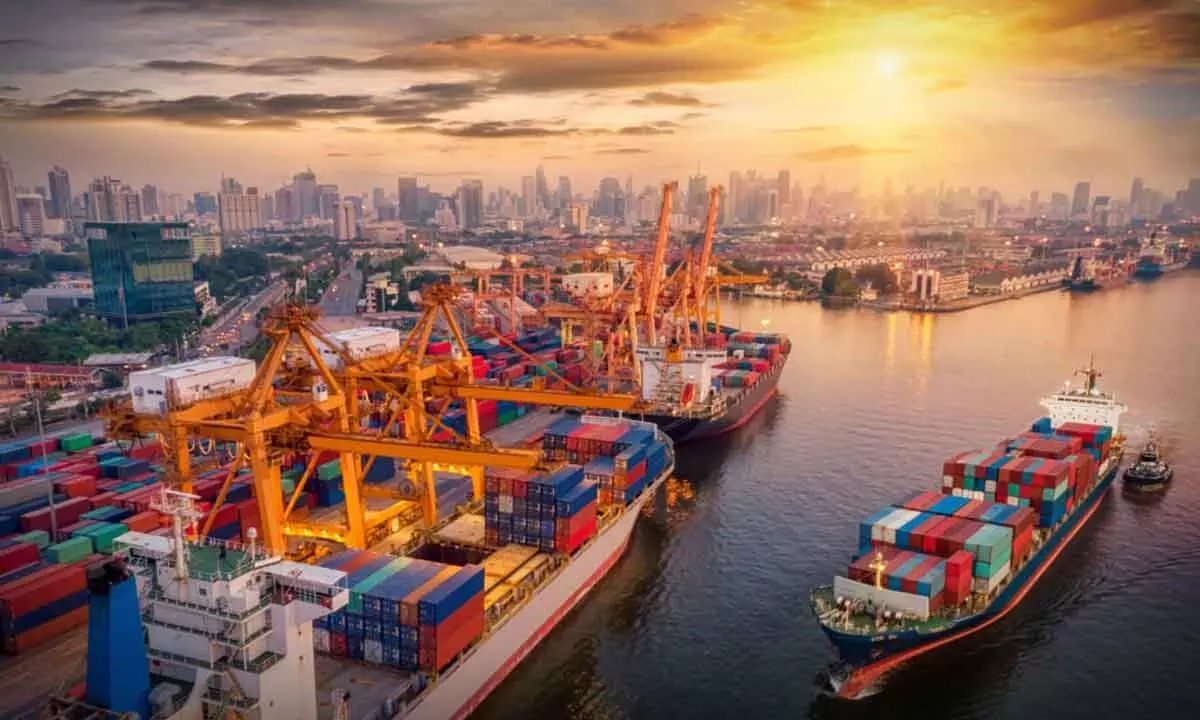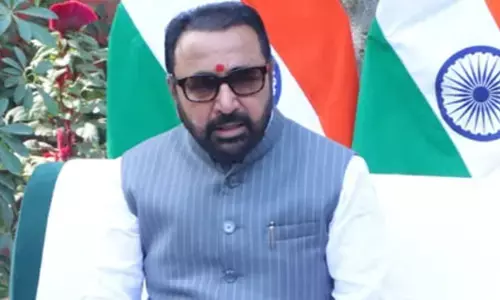Why India needs to push for FTAs

Growing at the fastest rate, the Indian economy is looking to seize opportunities as manufacturers and investors look for alternatives amidst the West’s geo-political tensions with China. Though the global economic activity remains subdued, its domestic demand is sustaining India. Now, time has come for it to become regionally competitive and aim at exports-led growth. A month ago, the Modi government cut import tax on a number of items and set about making its taxation and policies transparent and facilitating ease of doing business with India. It’s shedding its protectionism to turn a viable alternative to China, which should make domestic industry sit up and devise ways to be more attractive for the foreign direct investment.
However, India is not the only alternative for MNCs, as Mexico, Thailand, Indonesia and Czech Republic have joined the race. They too started offering free land, tax breaks, SEZs, water, transport and electricity amenities etc. With competition hotting up, India is casting its net wide. In a quick move, on Sunday, India sealed a free-trade agreement (FTA) with a group of four European countries that are not part of the European Union. While trade with these group members - Switzerland, Norway, Liechtenstein and Iceland- makes up just 1.6 per cent of total trade, there are worth the negotiations held over a gruelling period of 15 years, for they are all developed countries. Also, Indian professionals, be it nurses, CAs or architects, gain access to these four countries.
Meanwhile, India Ratings predicted that the current account deficit (CAD) may widen to 1.2 per cent or $11 billion of the GDP in the third quarter of the current financial year i.e., October-December FY24 as compared to 1 per cent in the previous quarter. If it happens, it will be year’s high. One reason for the higher CAD in the third quarter could be a fall in exports, as imports are keeping steady. In the fourth quarter, however, while services demand may not slacken, merchandise exports may grow to around $117 billion in Q4, up 2 per cent year-on-year, a be a seven-quarter high. A current account deficit occurs when a country’s expenditure in imports is more than its income from exports of goods and services. In the year-ago period, the CAD was 2 per cent of the GDP; the research group foresees signs of a pick-up in global economic activity which will lead to better export numbers. In 2022-2023, India’s overall exports, including merchandise and services, were $776.3 billion, a 14% increase from 2021-2022. Global brokerage UBS observed that the Indian economy may not face unmanageable macro risks. In fact, it is in a sweet spot, as compared to other economies, and may remain the fastest-growing economy throughout this calendar year. It is only for the last couple of years that India has been seeking to firm up trade deals. It inked two with Australia and the United Arab Emirates. Currently, negotiations are on with the UK and Australia and are over with Oman. While concluding FTAs, India should, however, keep in mind that imports from its FTA partners have increased more than its exports, points out East Asia Forum, citing the effect of India’s three key FTAs with ASEAN, South Korea, and Japan. FTAs can eliminate or reduce trade barriers such as quotas and tariffs. India’s latest FTA is a windfall, in that investments to the tune of $100 billion will pour in over a period of 15 years, throwing up huge job opportunities for the Indian youth.















